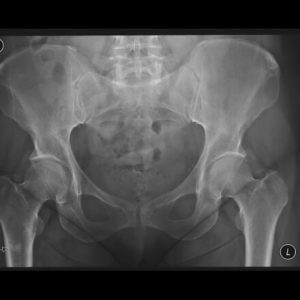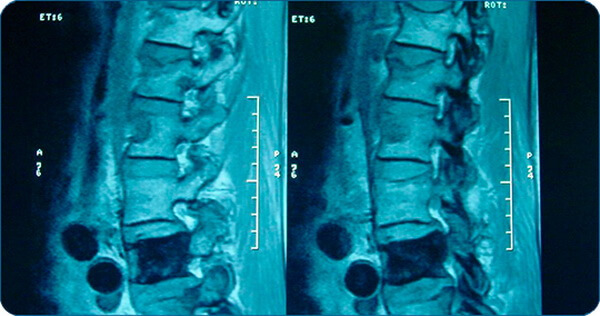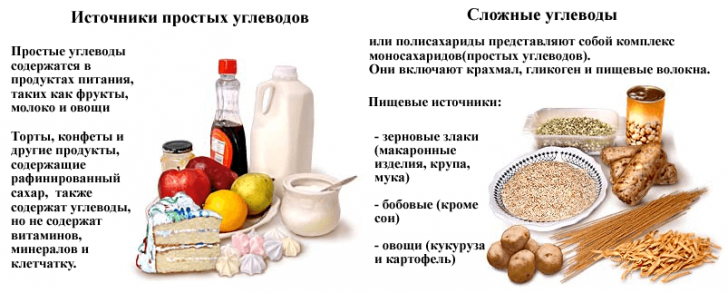Periostitis( inflammation of the periosteum): forms and treatment
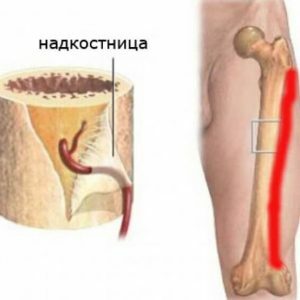
Periostitis is an inflammatory process in the area of the periosteum, which can occur in acute and chronic form, treat aseptic or infectious.Depending on the nature of the pathoanatomical changes, doctors will select fibrotic, serous, purulent, syphilitic, ossifying and tuberculous periostitis. Despite the fact that this disease can affect any bones of the body, most often its location falls on the area of the lower jaw and diaphysis of the tubular bones.
The inflammatory process usually occurs in one layer of the periosteum( external or internal) and only after a while begins its spread to the remaining layers.Since the bone and periosteum are too closely related, doctors often diagnose osteomyelitis against a background of periostitis - in this case the diagnosis will sound like osteoperiostitis.
Table of contents:Types of inflammation of the periosteum
Simple inflammation
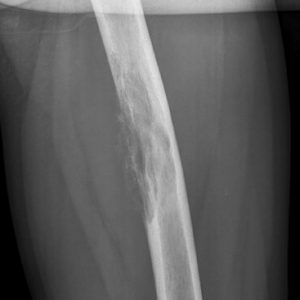 It is an aseptic process that occurs due to various injuries or the presence of inflammatory foci close to the periosteum.
It is an aseptic process that occurs due to various injuries or the presence of inflammatory foci close to the periosteum.
Patient with progressive simple inflammation of the periosteum complains of moderate pain, and the doctor at the site of lesions reveals puffiness of soft tissues of low intensity, painfulness of this place during palpation.
As a rule, the considered kind of inflammation of the periosteum is perfectly treatable, doctors are able to stop the pathological process in 5-6 days .Very rarely a simple form of periostitis passes into the chronic course of the ossifying inflammation of the periosteum.
Fibrous inflammation of the periosteum
Develops with prolonged irritation of the periosteum, which can occur, for example, in chronic arthritis, bone necrosis or a chronic trophic ulcer with localization in the tibia. Fibrous periostitis is characterized by a gradual onset and chronic course.
Symptoms of fibrous inflammation of the periosteum:
- soft tissue edema of moderate intensity at the site of development of the inflammatory process;
- at the lesion site there is a thickening of the bone;
- the site of localization of the pathological process is painless even with intensive palpation.
If the patient undergoes a competent treatment of the underlying disease, then the process in question begins to regress, that is, the inflammation is coming to naught.
Note: if fibrous periostitis occurs for a long time, then surface destruction of bone tissue may occur, there is even information about cases of malignancy of the affected area.
Purulent inflammation of the periosteum
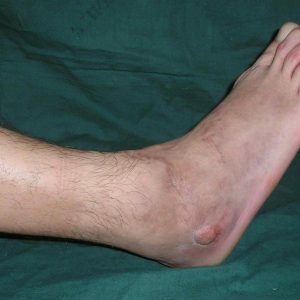 Develops when infection from the environment, spreading microbes from an adjacent purulent focus, or during a fever. As a rule, the causative agents of purulent inflammation of the periosteum are staphylococci or streptococci.Most often, this type of periostitis is observed in long tubular bones - for example, tibia, femoral or humerus, and if piety is the cause of the pathology, it is possible to form multiple foci of inflammation of the periosteum.
Develops when infection from the environment, spreading microbes from an adjacent purulent focus, or during a fever. As a rule, the causative agents of purulent inflammation of the periosteum are staphylococci or streptococci.Most often, this type of periostitis is observed in long tubular bones - for example, tibia, femoral or humerus, and if piety is the cause of the pathology, it is possible to form multiple foci of inflammation of the periosteum.
The initial stage of purulent periostitis development is characterized by inflammation of the periosteum, the appearance of serous or fibrinous exudate in it - that's what it turns into pus.The inner layer of the periosteum is impregnated with pus and begins to separate from the bone, in the resulting space between the bone and the periosteum, a subperiosteal abscess is formed. Further development of the disease under consideration is variable:
- pus destroys the site of the periosteum and penetrates into soft tissues, which leads to the formation of parasseous phlegmon.This phlegmon may in the future either spread into soft tissues, or be exposed through the skin;
- pus exfoliates a large area of the periosteum, which leads to a restriction of bone nutrition and the formation of superficial necrosis.
Note: purulent inflammation of the periosteum can have unfavorable development, and then pus will penetrate into the medullary cavity, which provokes the development of osteomyelitis.
Purulent inflammation of the periosteum is characterized by acute onset of :
- the patient complains of severe pain;
- body temperature rises to subfebrile indicators;
- there are headaches and general weakness;
- study reveals the edema, redness and sharp soreness of the developmental site of the pathology in question.
In some cases, doctors provide acute / malignant periostitis, which is characterized by powerful putrefactive processes. And then the periosteum swells, rapidly collapses and disintegrates, and the bone is literally enveloped in pus.
Serous albuminous inflammation of the periosteum
As a rule, this type of the disease under consideration develops after trauma and affects long tubular bones - thigh, shoulder, and ribs. Characteristic features of serous albuminous inflammation of the periosteum are:
- formation of a large amount of serous-mucous fluid, which contains many albumins;
- accumulation of exudate in the subperiosteal area;
- Exudate zone is surrounded by a granulation tissue and covered with a dense coat.
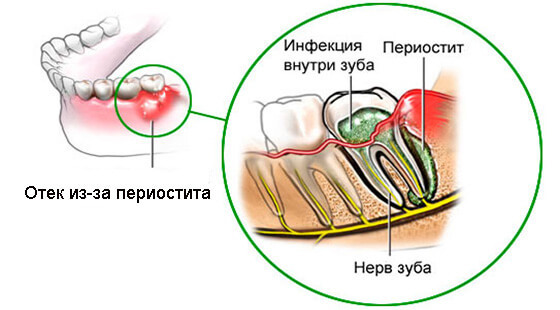
The course of this type of inflammation of the periosteum may be subacute or chronic, the patient's complaints are focused only on the pain in the affected area.At the outset, the disease can lead to a slight increase in body temperature, and if the periostitis focus is located near the joints, then they will become stiff.
Ossifying inflammation of the periosteum
This is a fairly common form of the inflammatory process that occurs with prolonged irritation of the periosteum .The development of the disease can be independent or be the result of a long-term inflammation in the surrounding tissues. Most often ossifying inflammation of the periosteum is diagnosed with :
- chronic osteomyelitis;
- chronic varicose ulcers of the lower leg;
- chronic arthritis;
- tuberculosis of the joint-joint type;
- congenital and / or tertiary syphilis;
- rickets;
- bone tumors.
This type of inflammation of the periosteum is manifested by the proliferation of bone tissue in the area of inflammation, and ceases to progress only if an effective and successful treatment of the underlying disease is carried out.
Tuberculous inflammation of the periosteum
It is always primary, more often diagnosed in pediatric patients and has localization in the area of the skull and ribs.The course of the tuberculous inflammatory process in the periosteum is always chronic, can be accompanied by the formation of fistulas with a purulent discharge.
Syphilitic inflammation of the periosteum
This type of the disease under consideration can occur with congenital or tertiary syphilis, but often the first signs are detected by a specialist even in the secondary syphilis period. Patients complain of very severe pain in the lesions, which are intensified at night.Palpation reveals a limited swelling, which is painless.
The result of syphilitic inflammation of the periosteum may be spontaneous resorption of the infiltrate, proliferation of bone tissue or suppuration with spread to nearby soft tissues and the formation of fistula.
In addition to the cases listed above, the inflammation of the periosteum can develop against the background:
- gonorrhea;
- typhus;
- of blastomycosis of long tubular bones;
- rheumatism;
- of varicose veins;
- of Gauchers disease;
- diseases of the hematopoiesis;
- excessive load on the lower limbs.
Diagnostic events
Acute inflammation of the periosteum can be diagnosed on the basis of anamnesis and symptoms, since X-ray examination will show a pathological change of the periosteum only after 2 weeks from the onset of the disease. The main method of diagnosis of the disease under consideration is radiography, which allows to evaluate the shape, structure, outlines, dimensions and prevalence of the accretions in the periosteum. But radiography allows the doctor to make up only an idea of the nature, form of the disease, but does not provide an opportunity to find out the true cause of progressive pathology. For the diagnosis to be complete, the patient is prescribed:
- ultrasound duplex scanning of deep veins;
- definition of rheumatoid factor and C-reactive protein;
- determination of the level of immunoglobulins;
- PCR studies.
Note: the physician will make appointments for specific diagnostic procedures individually.The choice of research depends on what reason the specialist suspects the development of inflammation of the periosteum.For example, with suspicion of gonorrhea or syphilis, it is inadvisable to conduct deep vein ultrasound, but PCR studies are absolutely necessary.
General principles for the treatment of inflammation of the periosteum
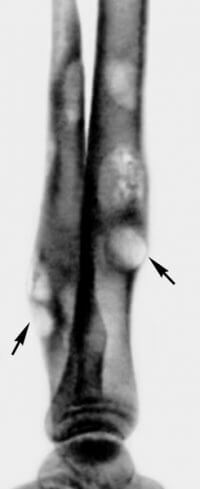 Treatment of the disease in question depends on which type of pathology develops in the patient .In any case, all medical procedures, including diagnostic ones, are conducted in a medical institution.
Treatment of the disease in question depends on which type of pathology develops in the patient .In any case, all medical procedures, including diagnostic ones, are conducted in a medical institution.
If the patient is diagnosed with a simple inflammation of the periosteum, then he will be shown rest, anesthetics and anti-inflammatory drugs.Most often this type of periostitis is cured in 14-20 days, but only if the patient does comply with bed rest and undergoes a full course of medical treatment .By the way, 7 days after the beginning of treatment the doctor will conduct a follow-up examination of the patient and if positive dynamics are noted, the patient can be transferred to outpatient treatment.
If the inflammation of the periosteum occurs with the formation of pus, then the doctors will perform an opening and draining of the abscess.Such wounds should be regularly washed with antiseptics, along with surgical treatment, the patient is prescribed analgesics and antibacterial drugs.
Chronic inflammation of the periosteum requires long-term treatment, which is carried out on an outpatient basis.First, the patient must undergo therapy for the underlying disease in the medical institution, and then he is discharged home with the prescription of laser therapy, iontophoresis with dimexide and calcium chloride.
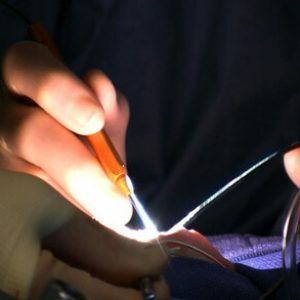 Surgery for the disease under consideration is extremely rare, most often it is prescribed for syphilitic or tubercular inflammation of the periosteum, when there are already fistulas with purulent discharge.
Surgery for the disease under consideration is extremely rare, most often it is prescribed for syphilitic or tubercular inflammation of the periosteum, when there are already fistulas with purulent discharge.
Inflammation of the periosteum is a fairly common disease that poses a danger to human health.When the earliest symptoms of the pathological process appear, you should seek qualified medical help.Modern medicine knows how to treat the disease, but the predictions will be favorable only in case of timely treatment to doctors.
Tsygankova Yana Aleksandrovna, medical reviewer, therapeutist of the highest qualification category

